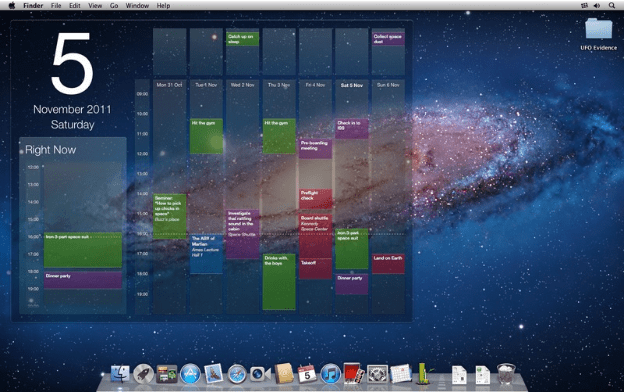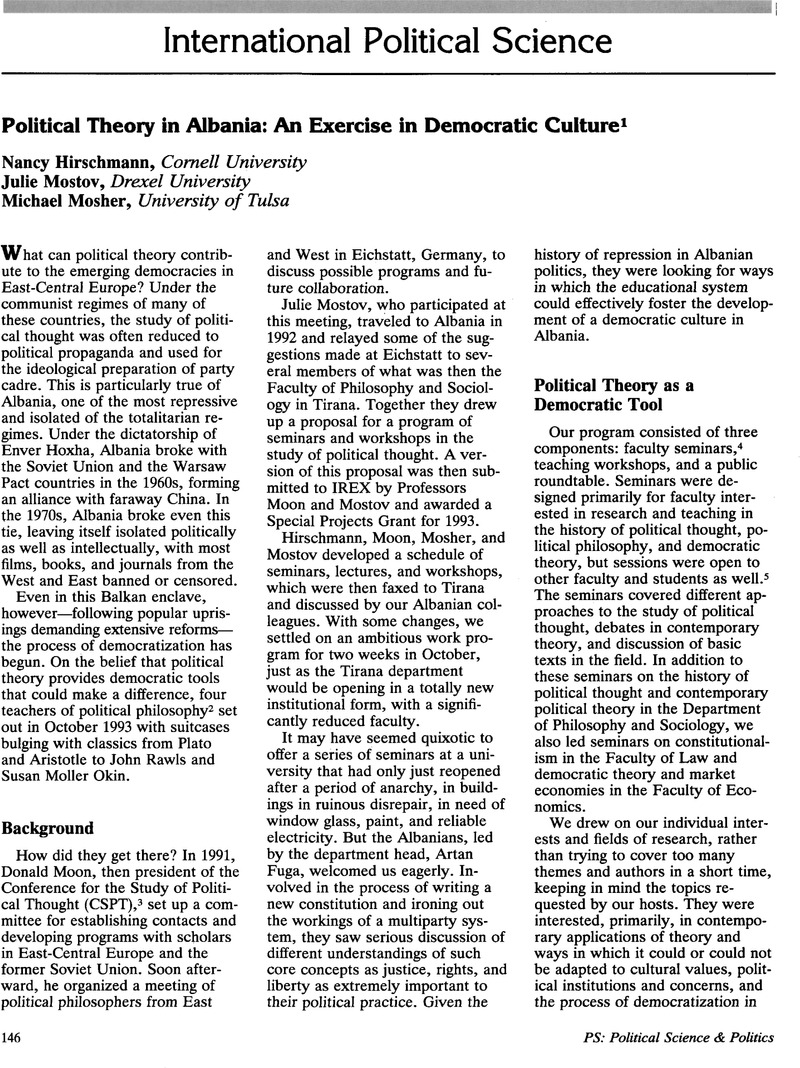


For example, Administrators, Everyone, Users, etc. You can use the built-in group names in the icacls command. In order to grant read + execute + write access, use the command: icacls E:\PS /grant John:(OI)(CI)(RX,W) The following command can be used to grant a user read + execute + delete access permissions to the folder: icacls E:\PS /grant John:(OI)(CI)(RX,D)
How to use ical effectively full#
To grant Full Control permission for the NYUsers domain group and apply all settings to the subfolders: icacls "C:\PS" /grant domainname\NYUsers:F /Q /C /T Execute the command: icacls C:\PS /grant John:M At least one user (the owner of the object) has the permission to modify the DACL.įor example, you want to grant the permissions to modify (M) the contents of the folder C:\PS the user John. To change an object’s DACL, the user must have write DAC permission (WRITE_DAC - WDAC). With the icacls command, you can change the access lists for the folder. If you need to find all the objects in the specified directory and its subdirectories in which the SID of a specific user and group is specified, use the command: icacls C:\PS /findsid /t /c /l /q Use iCACLS to Set Folder’s or File’s Permissions


The access permissions are indicated using the abbreviations. The object access level is specified in front of each group or user. Successfully processed 1 files Failed processing 0 files Let’s try to understand the syntax of the permissions list returned by the iCACLS command: Some are clever enough to say 'hey this is the same event' and it makes testing confusing.This command will return a list of all users and groups who are assigned permissions to this directory. If attached to an email, most applications will expect one event only and will prompt one to add to one's default calendar.ĭouble Check what you did in testing and please ensure that you use a UNIQUE UID for each event to ensure that the application retests as though it were a new event (or delete the previous event). IF however one clicks add calendar -> from URL, then google calendar will 'subscribe' - ie create a new calendar under 'other calendars' (to which one cannot 'import' futher events) EG: in Google calendar, if one clicks add calendar > import, google will offer a default of your main calendar to import into, or allow one to select from one's other calendars. Now how an application treats an ics file or URL usually depends on what the user does. ( Please note that webcal is unofficial URI (fairly well supported it is true however the Official uri is http/s and should be supported by all calendar applications. PRODID:-//TESTE//NONSGML mais em: ".$_GET." Header("Content-Disposition: inline filename=\"teste-evento-".$_GET.".ics". Header("Content-type: text/calendar charset=utf-8") However, when I import the event into the calendar, this event, which is unique, ends up being added as a new calendar and not as a single event, which should be added to the user's existing calendar. The script worked as follows: I host the ical-generator.php file on the server and send a url with the necessary information by adding the webcal at the beginning. Well, I created a litle script to generate iCal events and automatically add it to the calendar using the webcal protocol.


 0 kommentar(er)
0 kommentar(er)
